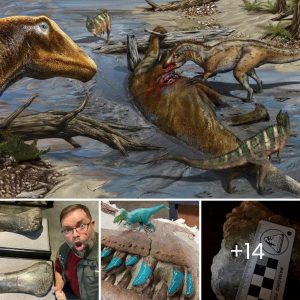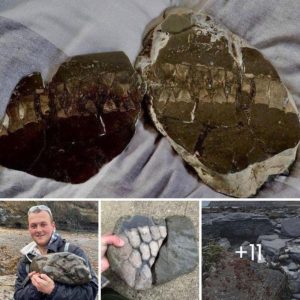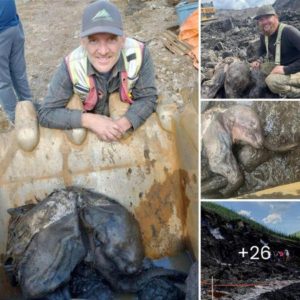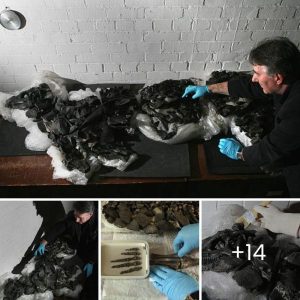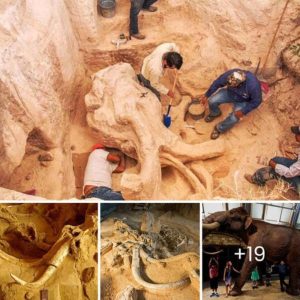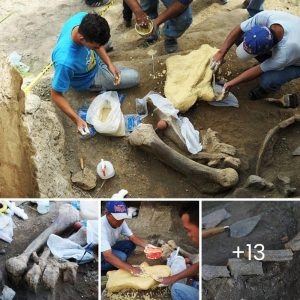Rhabdodon, a lesser-known dinosaur from the Late Cretaceous period, is a captivating piece of Europe’s prehistoric heritage. This remarkable creature, though not as renowned as some of its dinosaur counterparts, offers valuable insights into the diversity of life during the Late Cretaceous era.
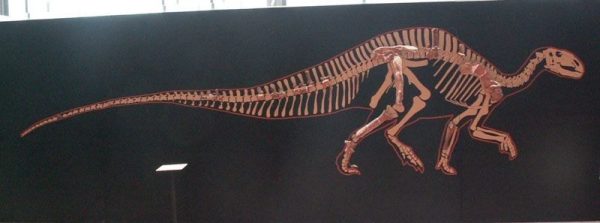
Rhabdodon fossils have been unearthed in Europe, particularly in Spain, France, and Hungary. These findings hold immense significance for the region, shedding light on the prehistoric creatures that once roamed European landscapes millions of years ago.
Physical Characteristics
Rhabdodon was a relatively small dinosaur, measuring about 13 to 16 feet (4 to 5 meters) in length. Its slender build and herbivorous diet make it a fascinating subject of study. With its long tail, bipedal stance, and specialized teeth for plant consumption, Rhabdodon was well-suited for its role in Late Cretaceous ecosystems.
Herbivorous Diet
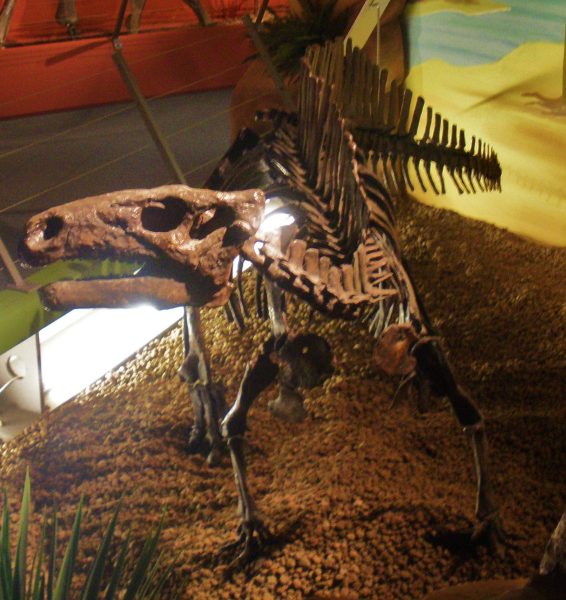
As an herbivore, Rhabdodon primarily feasted on plants, particularly the vegetation that flourished during the Late Cretaceous period. Its dental adaptations enabled it to efficiently process plant material, contributing to its success in its ecological niche.
Ecological Role
In Late Cretaceous Europe, Rhabdodon played an essential role in the ecosystem as a smaller herbivore. While not as large as some of its contemporaries, it contributed to the balance of nature by consuming vegetation and indirectly shaping the environment.
Taxonomic Uncertainty
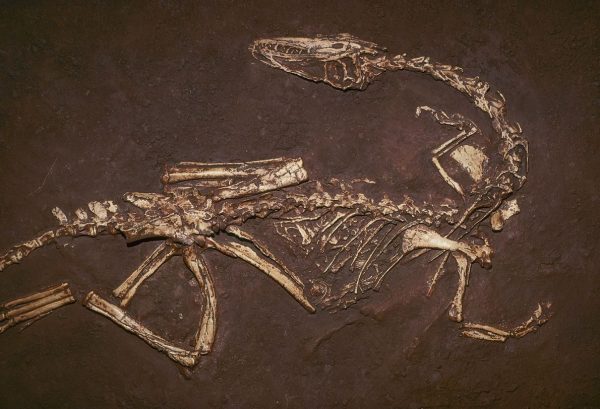
The classification of Rhabdodon has posed challenges for paleontologists. Its unique combination of features makes it challenging to determine its precise taxonomic placement. Ongoing research aims to clarify its taxonomic status and its relationship to other dinosaurs.
Continued Research and Preservation
Rhabdodon remains a subject of ongoing research in the field of paleontology. Fossils and discoveries from Europe provide a window into the past and offer valuable information about the continent’s prehistoric history. Museums and institutions are dedicated to preserving these fossils for education and furthering our understanding of Europe’s ancient heritage.
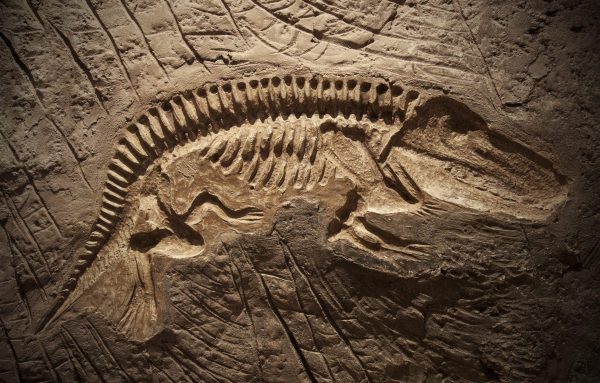
Rhabdodon, a lesser-known dinosaur from the Late Cretaceous era, is an important part of Europe’s prehistoric heritage. Its unique characteristics and ecological role make it a captivating subject of study, contributing to our understanding of the diverse life that once thrived in Late Cretaceous ecosystems.
As research continues and more discoveries are made, Rhabdodon’s significance in Europe’s natural history becomes increasingly apparent.
